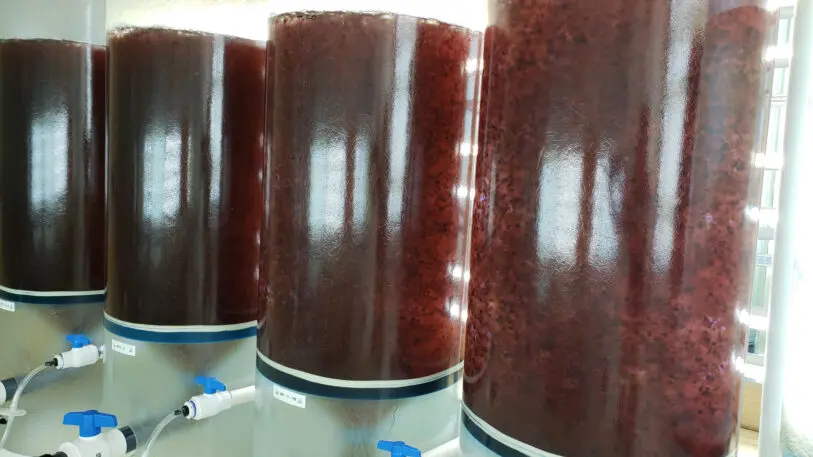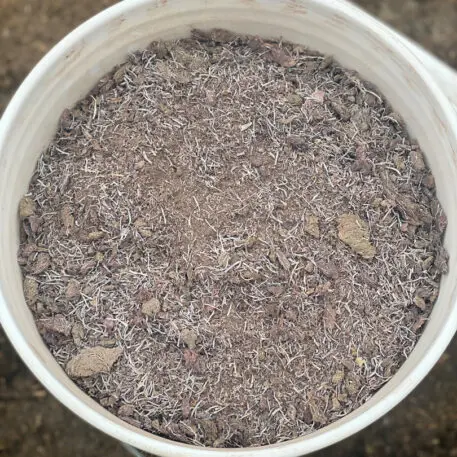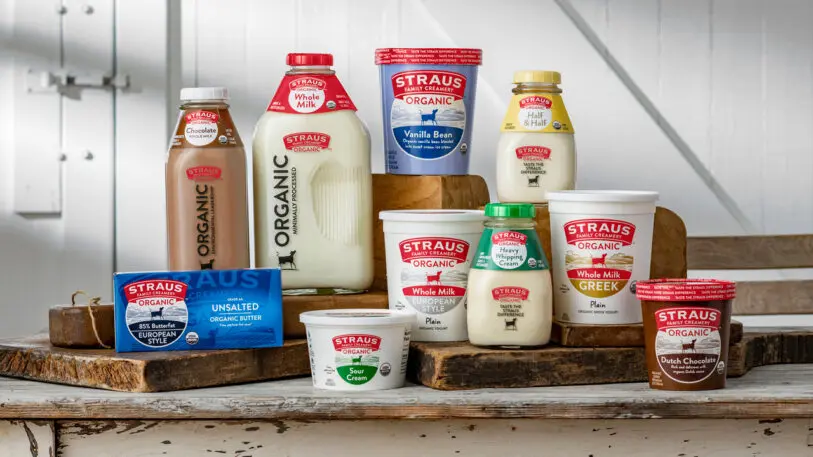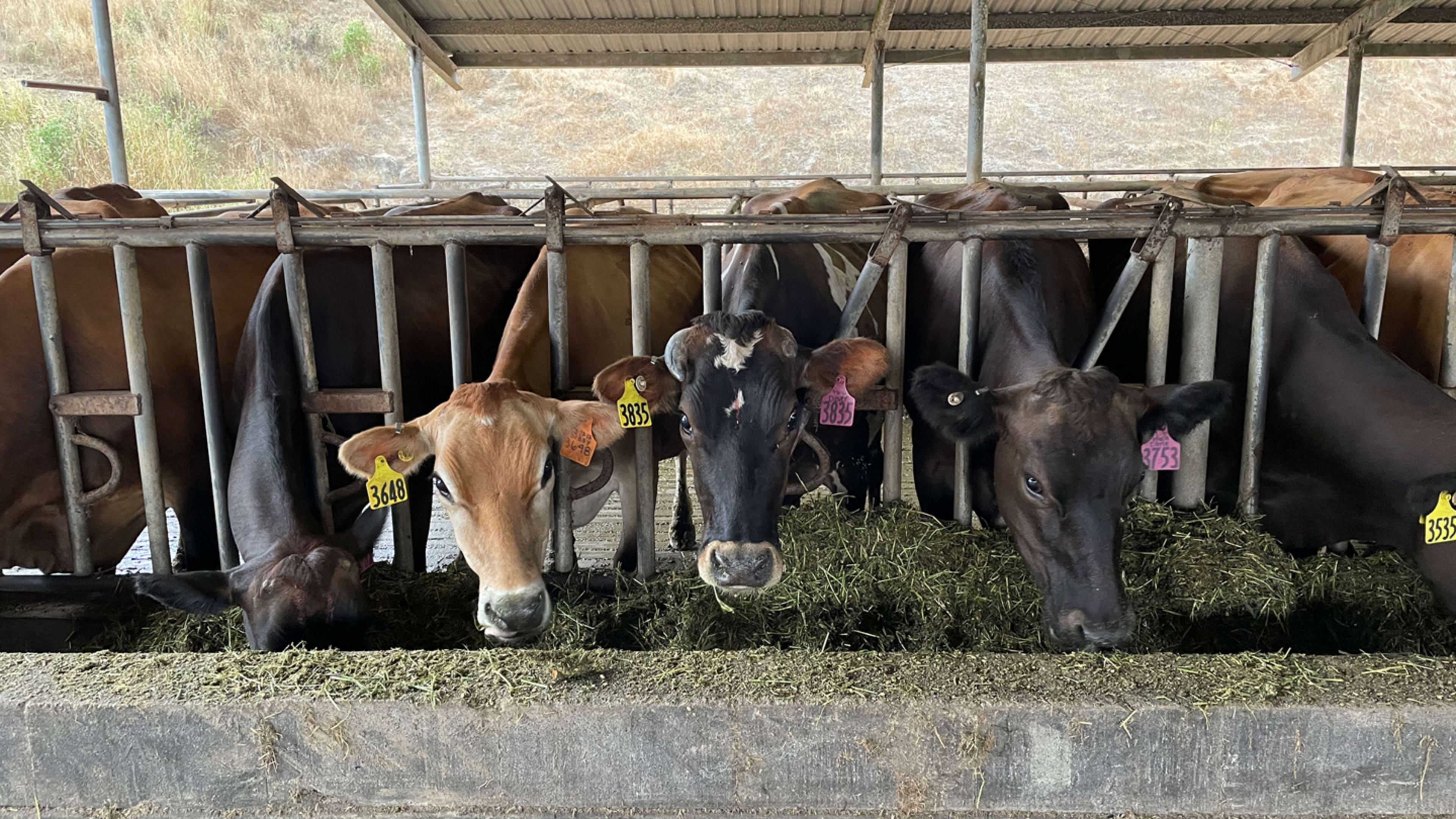At Straus Dairy Farm on the California coast north of San Francisco, there’s a long history of sustainability. Cow poop is turned into electricity that powers the farm, including an electric truck that delivers cattle feed. The family farm, which aims to be carbon neutral by 2023, launched the first organic creamery in the country, and was also the first make a “carbon farm” plan, working with university researchers to study the climate benefits of techniques like adding compost to soil. This summer, it also became the site of the first commercial trial of a new solution: adding red seaweed to cattle feed to help reduce emissions from cow burps.
In the trial, emissions of methane—a potent greenhouse gas—dropped by an average of 52%. For some cows, methane emissions from burps fell by as much as 90%. The results echo what researchers found in controlled studies at universities. The seaweed works because it contains compounds that mimic the enzymes that form methane in a cow’s stomach as it breaks down food. “It interferes with that enzyme, and that reduces emissions,” says Ermias Kebreab, a professor and associate dean of the College of Agricultural and Environmental Sciences at the University of California, Davis, who studies seaweed’s impact in cows.

Salwen, who previously worked in education and consulting, began researching the challenge of methane in dairy production in 2016 in an interdisciplinary program for professionals at Stanford University, and then as a visiting scholar in the university’s environmental sciences department. The problem is significant: In the U.S., around 35% of the emissions from dairy cows and their cattle feed comes from cow burps. In a year, the emissions from a single cow’s burps are roughly equal to the emissions from a typical car. As she read about the problem, Salwen stumbled across a study from an Australian university that hadn’t yet been published in a major journal, but that suggested feeding seaweed to cattle could help. She helped fund more research, and when it became clear that seaweed could be a useful tool, she cofounded the startup and began working on how to grow the plant efficiently.


“We did a blind tasting at the creamery, with quality assurance people, to make sure that the flavor was the same or there was no noticeable difference,” Straus says. “There was no difference. That would have been a deal breaker. I can’t have milk that is different or fishy or seaweedy.” Straus now plans to use seaweed as part of his broader approach to making his milk carbon neutral.
In 2022, Blue Ocean Barns plans to keep working with dairy farms—and larger dairy brands that have aggressive goals to cut emissions—to demonstrate that the solution works. It’s something that could be implemented quickly, Salwen says, noting, “This is available right now. . . . Our material’s being used in a number of trials in Europe and other places to really quickly scale this up. And it works. On the first day you give it to a cow, her burps start abating immediately. And it lasts as long as you feed it to her.”
Correction: We’ve updated this article to note that the cows are not taken off pasture during the summer (in keeping with organic standards)
Recognize your brand’s excellence by applying to this year’s Brands That Matter Awards before the early-rate deadline, May 3.
